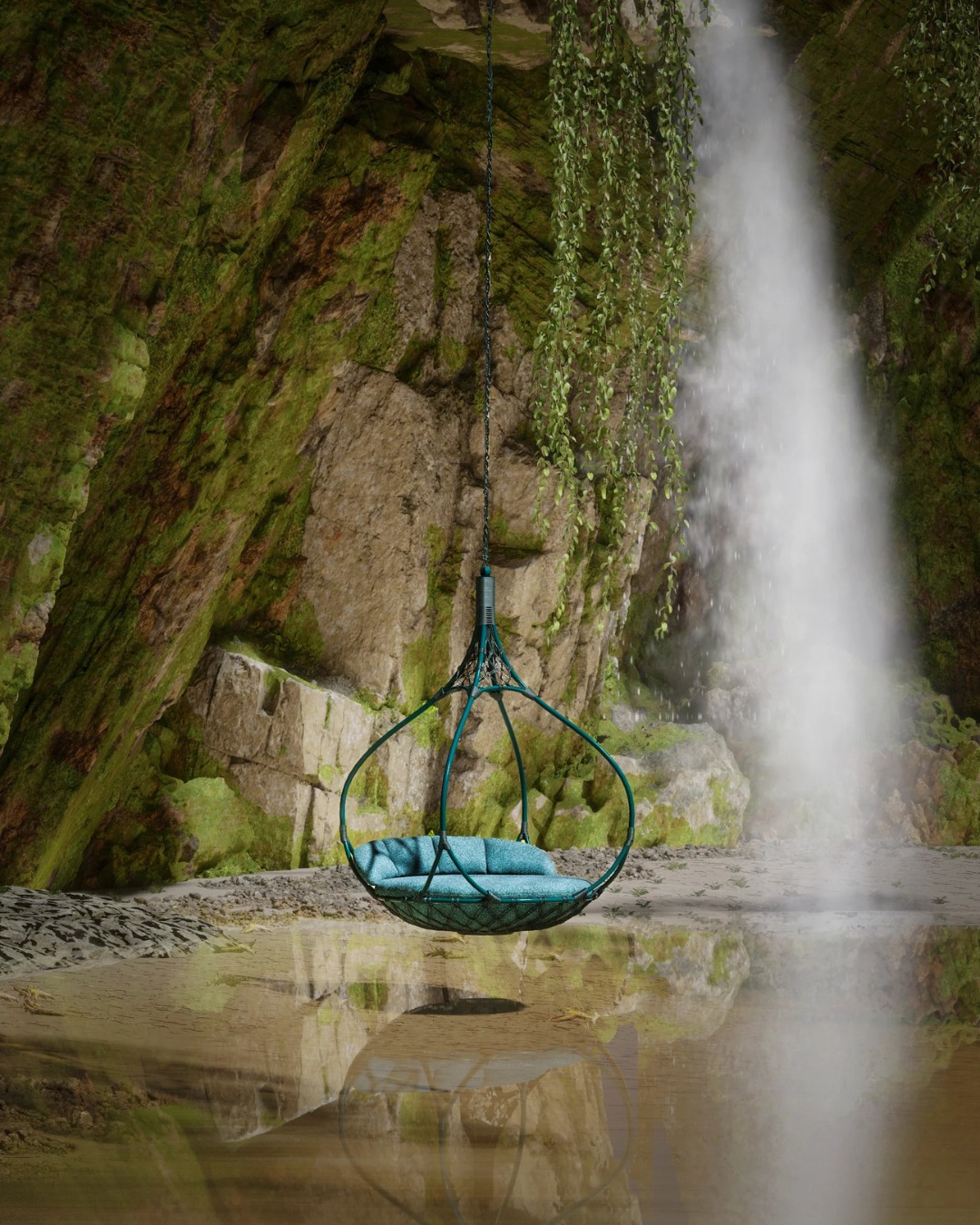If you want an opinion about design-centric destinations, ask an architect. That’s what magazine editor and author Sarah Miller did in her guidebook to hotels and resorts, Where Architects Sleep. Miller, the founding editor of the British edition of Condé Nast Traveller, reached out to 270 architects around the world, including renowned names and Pritzker Prize winners. Daniel Libeskind, Amanda Levete, Charles Renfro, Sir Norman Foster, Annabelle Selldorf, Fumihiko Maki, and Richard Meier, the lone Californian, are among those who were consulted.
The architects recommend hotels in a variety of categories, such as all-time favorites, best-kept secrets, good on a budget, eco-conscious, and family-friendly, as well as the favorite hotels in the architects’ hometowns, the ones they wished they had designed, and those worth the travel.
The 528-page volume is more ascetic than aesthetic—there are no images beyond a few maps, just information. The result is an exhaustively organized guide to some 1,200 of the best places for lovers of design to stay in more than 100 countries and territories, from A (Antigua’s Carlisle Bay) to Z (Elephant Hills Resort in Zimbabwe).
California has some 58 hotels in the book, including Orange County resorts Lido House (recommended by Anthony Mallows) and The Ritz-Carlton Laguna Niguel (recommended by Kiyoshi Sey Takeyama).
While Where Architects Sleep has no room for stunning photography, Blue Door Magazine does.
In the following pages we take a look at 7132 Hotel in Vals, Switzerland, the hotel recommended by the most architects; Amangiri in Southern Utah, the U.S. hotel with the most recommendations; and Canada’s Fogo Island Inn, the remote resort on an island off of Newfoundland that seems the furthest away from where we are now, without having to leave the continent.
Fogo Island Inn
Newfoundland, Canada
fogoislandinn.ca
At more than 4,000 miles from Orange County, Fogo Island Inn is about as far away as one can get in North America and still stay in a magnificently designed hotel. Architectural Digest has called it “One of the 10 Most Daring Buildings in the World,” and Bloomberg dubbed Fogo Island Inn “The Most Remote and Magical Hotel on Earth.”
The 43,000-square-foot Inn is perched on stilts and hugs the North Atlantic coastline, affording all 29 rooms with floor-to-ceiling views of sea and sky. Designed by Newfoundland-born, Norway-based architect, Todd Saunders, the contemporary structure speaks to the traditional Newfoundland aesthetic. Every building—from the six artist residency studios to the 300-foot-long Inn—draws inspiration from the wooden houses and fishing stages built in Newfoundland for centuries. The Inn’s dining room, with massive bay windows facing the sea, resembles the prow of a ship as it weathers the perilous North Atlantic.
Newfoundland’s settlers were not permitted to build permanent structures or dwellings. This led to buildings that were made of wood as opposed to stone and rested lightly on the landscape by making use of stilt wood legs—called shores—rather than fixed heavy foundations. The temporary nature of these original structures is still part of Newfoundland’s vernacular building techniques, and is clearly reflected in the architecture of the Inn.
Fogo Island native Zita Cobb spent $40 million to build the hotel after retiring from a career as a tech executive. The Inn itself is owned by a nonprofit foundation Cobb founded that also includes Fogo Island Arts, a residency-based contemporary art venue for artists, filmmakers, writers, musicians, curators, designers, and thinkers from around the world. Any profit from the Inn, as well as shops and Fogo Island Fish, which sells hand-lined cod to high-end restaurants, is reinvested into the community to help secure a sustainable and resilient future for Fogo Island. “Maybe a small island is a good proxy for a small planet,” Cobb says.
COVID-19 check-in
U.S. citizens are not currently allowed to travel to Canada—let that sink in—so for now, plans to visit Fogo Island Inn must be kept on hold. Low-density Fogo Island, population 2,700, has not had any cases of COVID-19 to date. Newfoundland and Labrador, the province in which the island is located, has 266 cases and three deaths.
GETTING THERE
The airstrip on Fogo Island can accommodate a fixed-wing 12-
passenger Beech 1900D aircraft, and the 37-seat Dash 100. Or fly to St. John’s (YYT), Gander (YQX) or Deer Lake (YDF) and then fly charter or helicopter to Fogo Island. The resort’s global charter partner is Air Charter Services (ACS), aircharterservice.ca.
7132 Hotel
Vals, Switzerland
7132.com
“Peter Zumthor’s thermal baths will never go out of style.”
—Gert Wingårdh, one of Sweden’s most esteemed architects
Architecture fans obsess over 7132 Hotel, in the Swiss village of Vals, especially the thermal baths designed by architect Peter Zumthor constructed from 60,000 slabs of local quartzite. The property includes two hotels, 7132 Hotel and House of Architects, which includes seven rooms each designed around a single material.
The architects who designed rooms include Thom Mayne of Morphosis (the architect of the new Orange County Museum of Art building now under construction at Segerstrom Center for the Arts), Tadao Ando, Kengo Kuma, and Peter Zumthor. Morphosis also redesigned the building’s lobby and entrance area to provide a better sense of welcoming visitors to the retreat.
The property is also home to Silver, the resort restaurant led by Mitja Birlo that has been awarded two Michelin stars.
COVID-19 check-in
Anyone entering Switzerland from one of 42 high-risk countries, including the U.S., has to quarantine for 10 days. The country’s lockdown and restrictions had a dramatic impact, flattening the curve in the country. The canton where 7132 Hotel is located, Graubünden, has 861 reported cases. The hotel reopened on June 19.
Getting there
Arrive by air via Zurich, Geneva, Basel, Bern, Lugano, Altenrhein. 7132 is the only deluxe hotel in Switzerland with its own helicopter (Airbus EC 130). Transfer from the nearest landing point to a home in Switzerland or an international airport in Switzerland. The limousine or helicopter transfer is included for guests staying in the penthouse suites.
Amangiri
Canyon Point, Utah
aman.com/resorts/amangiri
Amangiri is a remote luxury retreat set on 650 acres amid the dramatic desert, lakes, cliffs, and mountains of Southern Utah. It is a minimalist’s dream, a symphony of clean lines and natural materials that blend serenely into the wilderness beyond. Each suite has an outdoor lounge and fireplace, and some also have a private pool.
“Designed by the great desert Modernist Wendell Burnette with Rick Joy, the architecture frames and heightens the experience of the landscape.”
—Deborah Berke, founder of Deborah Berke & Partners Architects, a New York City-based design firm.
COVID-19 check-in
As of late July, Southwest Utah reported 2,750 confirmed COVID-19
cases, with 151 deaths. Kane County, where Amangiri is located, has reported 47 cases with no deaths.
The property closed for two months in March. In order to reopen safely on May 21, Amangiri implemented rigorous health and safety measures and other strategic processes. The property lowered guest capacity to about 50-55 percent (60 to 70 guests), which in turn enables the resort to lower the density of staff needed to serve the guests. And on July 1, the resort revealed the new Camp Sarika by Amangiri, a collection of 10 one- or two-bedroom pavilions that redefine glamping.
GETTING THERE
Located some 500 miles from the OC coast, the resort can be reached by a long road trip, if desired. Or fly private into Page, Utah, by a preferred method or via the resort’s partnership with RYL Jets. [email protected]




































